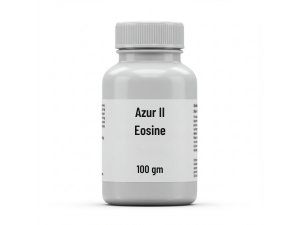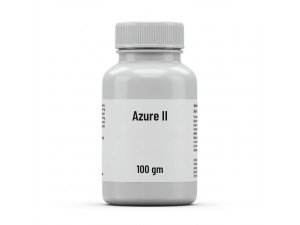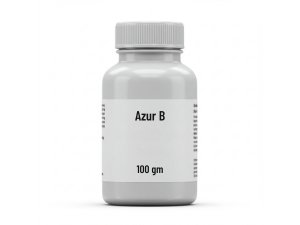Antimony Metal
₹0.00 – ₹12,100.00
Antimony metal is a silvery-white, brittle metalloid that finds use in alloys to harden other metals, particularly lead. It’s also utilised in semiconductor technology and flame-retardant materials.
Antimony metal is a fascinating element with a unique set of properties and a wide range of applications. Here's a more detailed description:
Chemical and Physical Properties:
- Chemical Symbol: Sb
- Atomic Number: 51
- Appearance: Silvery-white, lustrous metal.
- Physical State: Solid at room temperature.
- Crystal Structure: Rhombohedral.
- Brittleness: Antimony is a brittle metal, meaning it breaks easily.
- Density: 6.697 g/cm³
- Melting Point: 630.63 °C
- Boiling Point: 1587 °C
- Electrical Conductivity: Relatively poor conductor of heat and electricity compared to most metals.
- Chemical Reactivity: It reacts with acids and halogens.
- Metalloid: Antimony is classified as a metalloid, meaning it has properties of both metals and nonmetals.
Applications:
- Alloys:
- A primary use of antimony is in alloys, particularly with lead. It hardens lead, making it more durable. This alloy is used in batteries, solder, and other applications.
- Flame Retardants:
- Antimony compounds, such as antimony trioxide, are used as flame retardants in plastics, textiles, and other materials.
- Semiconductors:
- Antimony is used in semiconductor technology, particularly in the production of diodes and infrared detectors.
- Pigments:
- Antimony compounds have been used as pigments in paints and other materials.
- Medicine:
- Historically, antimony compounds were used in medicine, but their use has declined due to toxicity concerns.
- Other Applications:
- Antimony is also used in the production of fireworks and in certain types of ammunition.
Safety Considerations:
- Toxicity:
- Antimony and its compounds can be toxic. Inhalation of antimony dust or fumes can cause respiratory problems.
- Ingestion of antimony can lead to poisoning.
- Handling Precautions:
- Appropriate safety measures, such as wearing protective equipment and working in well-ventilated areas, should be taken when handling antimony.
- Environmental Concerns:
- Antimony can accumulate in the environment, posing potential risks.
Key Characteristics:
- Its brittleness and poor electrical conductivity distinguish it from many other metals.
- Its ability to harden lead makes it valuable in alloys.
- Its use as a flame retardant is a significant industrial application.
- It is a metalloid.
In summary, antimony is a versatile metalloid with applications in alloys, flame retardants, and semiconductors, but it must be handled with care due to its toxicity.
Additional information
| Weight | N/A |
|---|---|
| CAS number | 7440-36-0 |
| Chemical formula | Sb |
| Molar mass | 121.76 g/mol |
| Physical state | Solid at room temperature; silvery-white, brittle, crystalline. |
| Odor | Odorless |
| Melting point | 630.63 °C |
| Boiling point | 1587 °C |
| Density | 6.697 g/cm³ |
| Solubility in water | Insoluble |
| Flash point: | NA |
| Autoignition temperature | NA |
| Dye Content | NA |
| Vapor pressure | Relatively low. |
| UN number | UN 2878 |
| Flammability | In its massive metallic form, it is not readily flammable. However, antimony powder and dust are combustible. |
| Carcinogenicity | Some antimony compounds are suspected carcinogens. |
| Grade | Powder 99%, Lumps |
| Size | 500 gm, 5 kg, 25 kg |
Only logged in customers who have purchased this product may leave a review.








Reviews
There are no reviews yet.